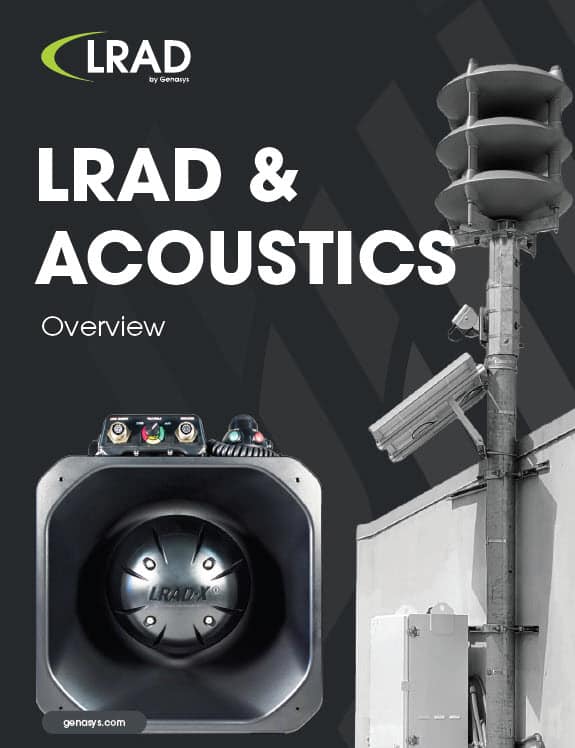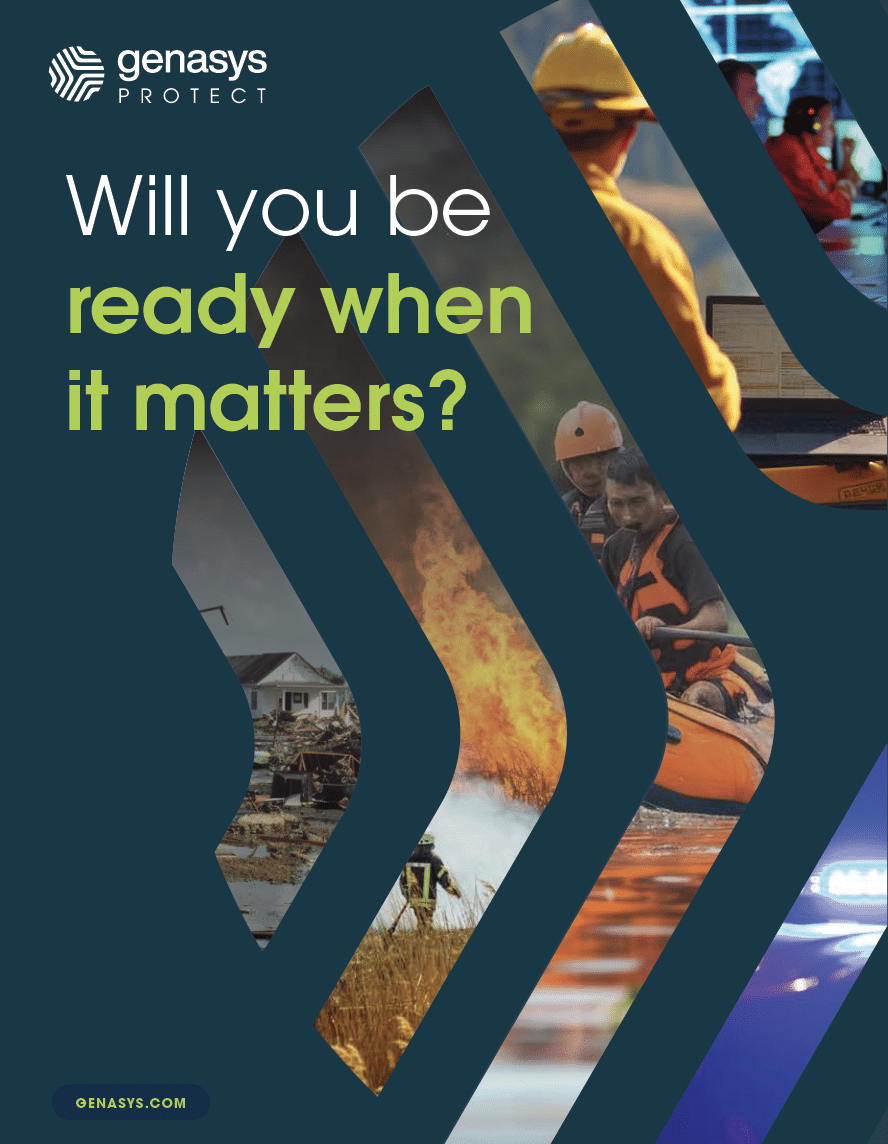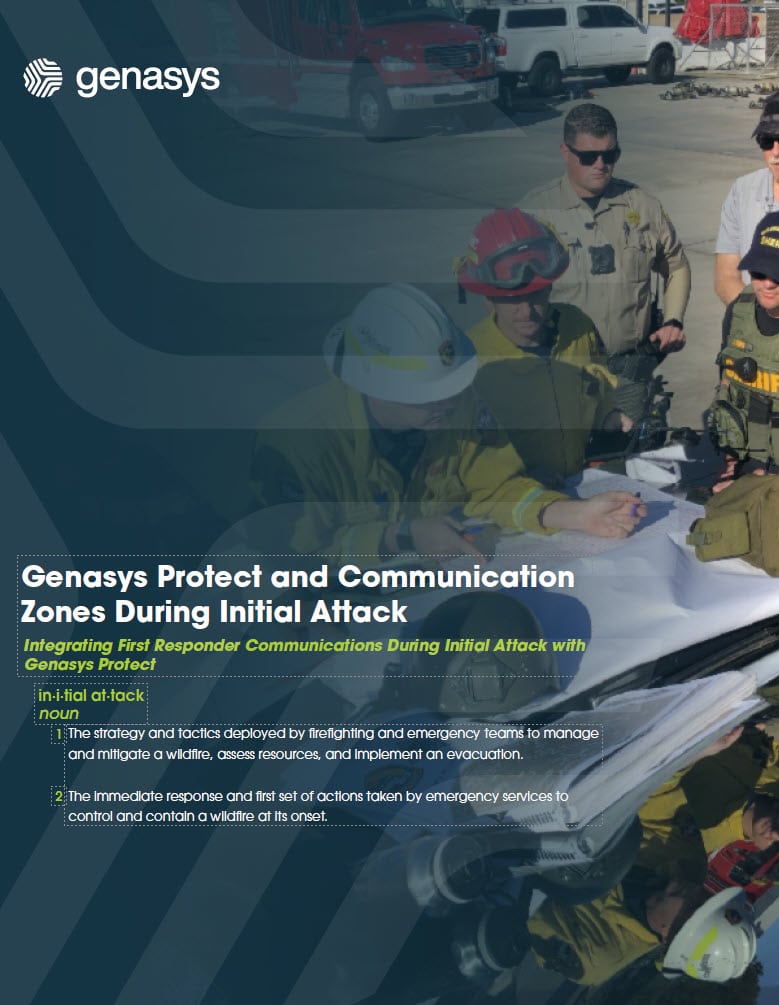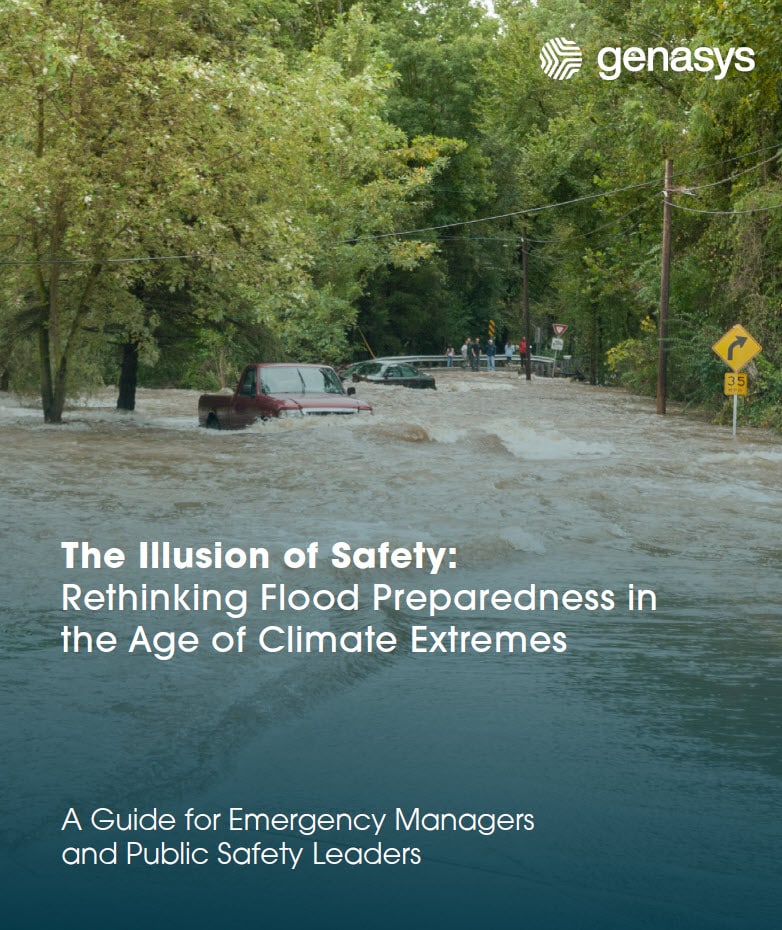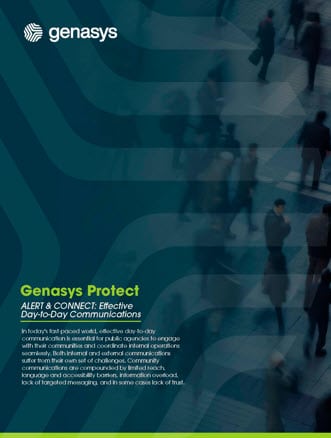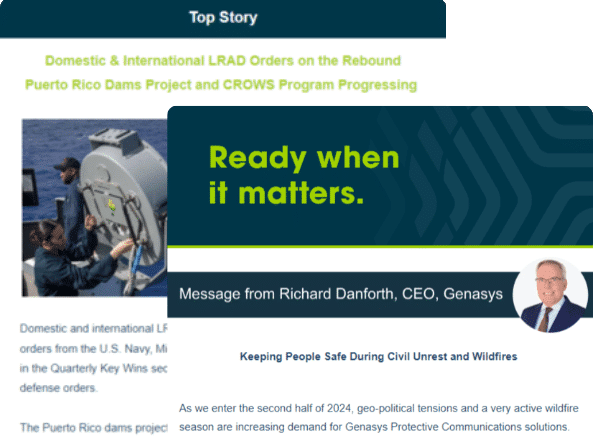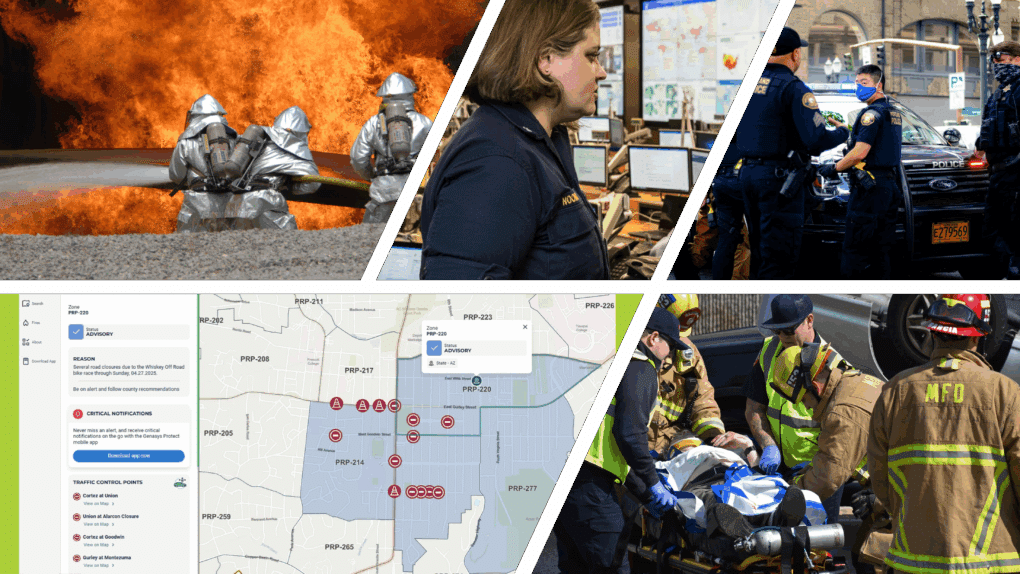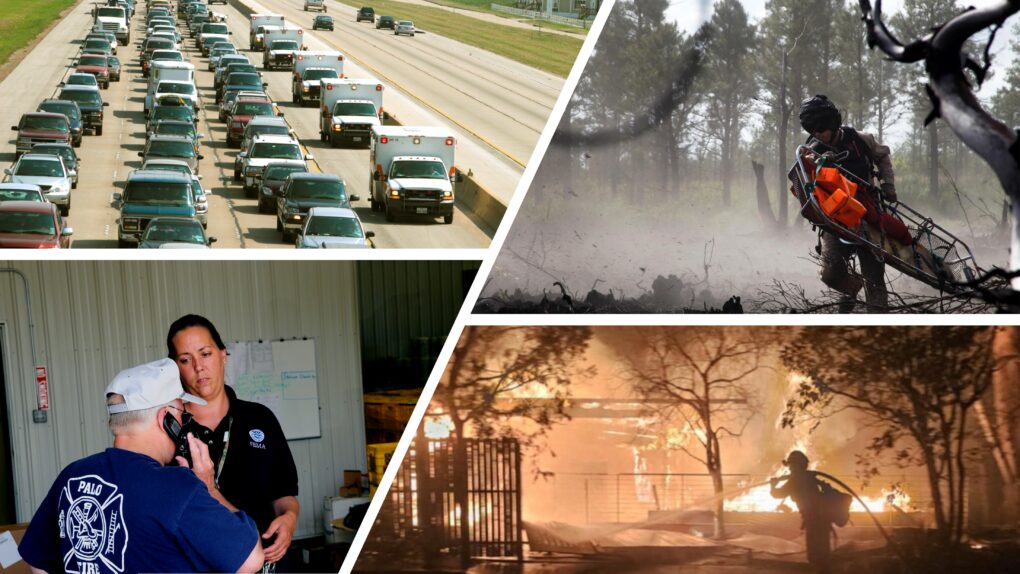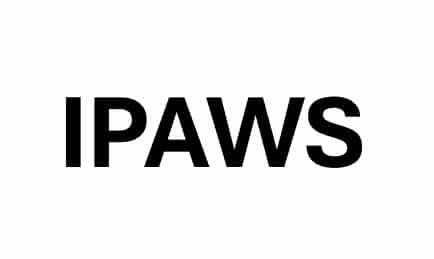By Tiffany Menchaca, Account Executive – SLED, Genasys Inc.
Critical infrastructure facilities are becoming more vulnerable as they age. Equipment wears down, and security threats increase. Severe weather is a growing concern, and human error is always possible. Unfortunately, many facilities wait until disaster strikes to upgrade safety measures. This delay can happen for several reasons like difficulty securing funding, the complexity of implementation, regulatory gaps, or the perception that risks are low. However, the impact of facility failures or emergencies is too significant to ignore.
What’s Working?
One Size Does Not Fit All: Reach Everyone, Anywhere, Anytime
Using mass communication is essential for critical infrastructure protection. Facilities must reach people quickly during emergencies. But, the best way to do this is through mass notification systems that use multiple communication channels.
Port Houston and Puerto Rico’s dam system now use multi-channel systems that integrate SMS, email, and outdoor speakers. Why multi-channel? It ensures that everyone gets the information they need, no matter where they are or what they are doing. In busy areas, like Port Houston, sending notifications to workers, visitors, and even nearby residents helps reduce confusion and saves time in emergencies.
Multi-channel communications lend credibility to emergency alerts when addressing the public. The public is more likely to pay attention to your emergency instructions if they receive them on multiple channels simultaneously. This reduces panic, confusion, and delayed response.
Strong Enough for Any Scenario: Solutions That Work Anywhere
When we look at facilities using systems like LRAD and Genasys ACOUSTICS, we see how these solutions meet different needs. Ports, for example, are very loud places with constant movement. In such environments, it’s crucial to have an acoustic communication system that cuts through the noise to immediately grab everyone’s attention. Port Corpus Christi and Port Houston installed LRAD systems to deliver clear, audible warnings during emergencies.
Other sites have different needs. Tengiz Field, an oil and gas facility, needed explosion-proof speakers because of the high risk of igniting gas leaks. These solutions can adapt to a wide range of environments and challenges because they’re built for versatility and durability. Whether it’s overcoming extreme weather, noise, or high-risk conditions, the right systems ensure protection and communication when it’s needed most.
Flexible Systems, Faster Responses: Adaptability Saves Lives
In Puerto Rico, the decision to upgrade security systems came after hurricanes revealed vulnerabilities in the existing infrastructure. The Puerto Rico case study stands out for taking things a step further with early detection and predictive analytics. Sensor integrations allow the system to detect incidents and send alerts instantly, improving response times. During emergencies, speed saves lives and early warning starts with early detection.
Automated systems like the ones in Puerto Rico save lives by sending alerts immediately. But Puerto Rico isn’t the only facility using these advanced measures. Tengiz Field uses gas sensors, which trigger alerts automatically when dangerous levels are detected. Every facility has different sensors, but by integrating them into alert systems, facilities gain the flexibility to respond quickly.
More Than Emergency Tools: Enhancing Daily Operations
These systems are designed for safety, but they also improve daily operations. Many facilities also use mass notification systems for routine communications. For example, Port Houston uses its system to manage visitor notifications and routine updates. These systems get frequent use, which ensures that when an emergency does happen, staff are familiar with the technology.
Using these systems daily ensures they are ready when needed most. Routine communication builds trust in the system and ensures quick responses during critical moments.
What’s Next?
New technology is dramatically improving critical infrastructure protection. Mass notifications, sensor integrations, and automated systems keep facilities prepared and help protect the public during emergencies. Technology will keep improving, but the next step is supporting facility managers and public safety officials in modernizing safety solutions and reshaping the way critical facility protection is viewed. We must stop waiting for disasters to strike before taking action!
Upgrading critical infrastructure protection isn’t just about responding to incidents. It’s about being prepared to prevent them and ensuring the safety of everyone involved.
Contact Genasys to learn how Genasys Protect and LRAD enhances safety for your facilities and improves public safety.

